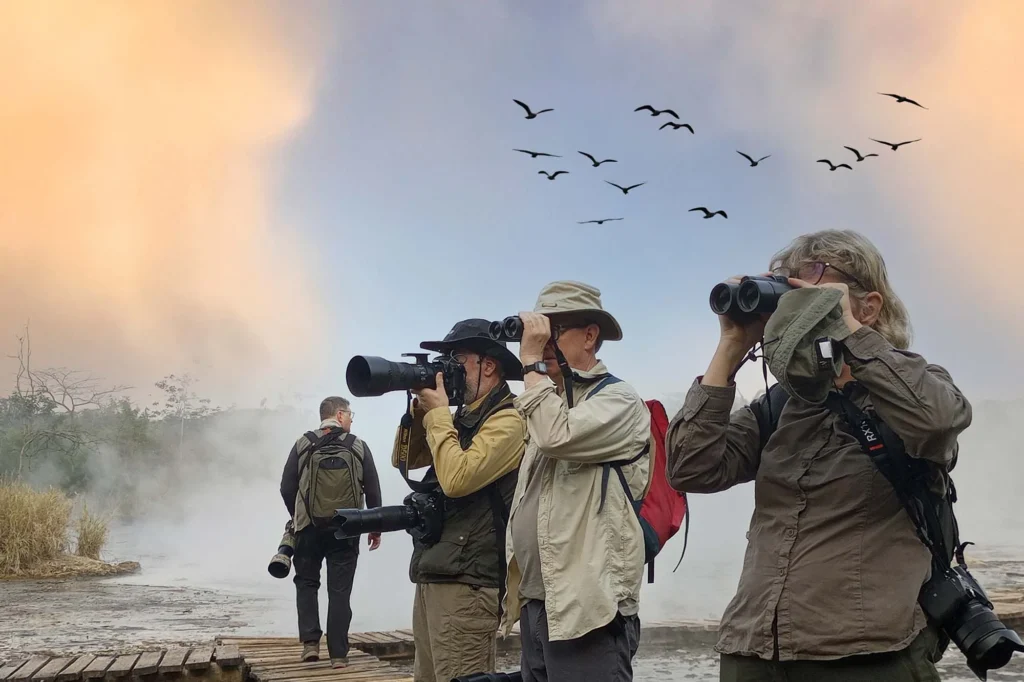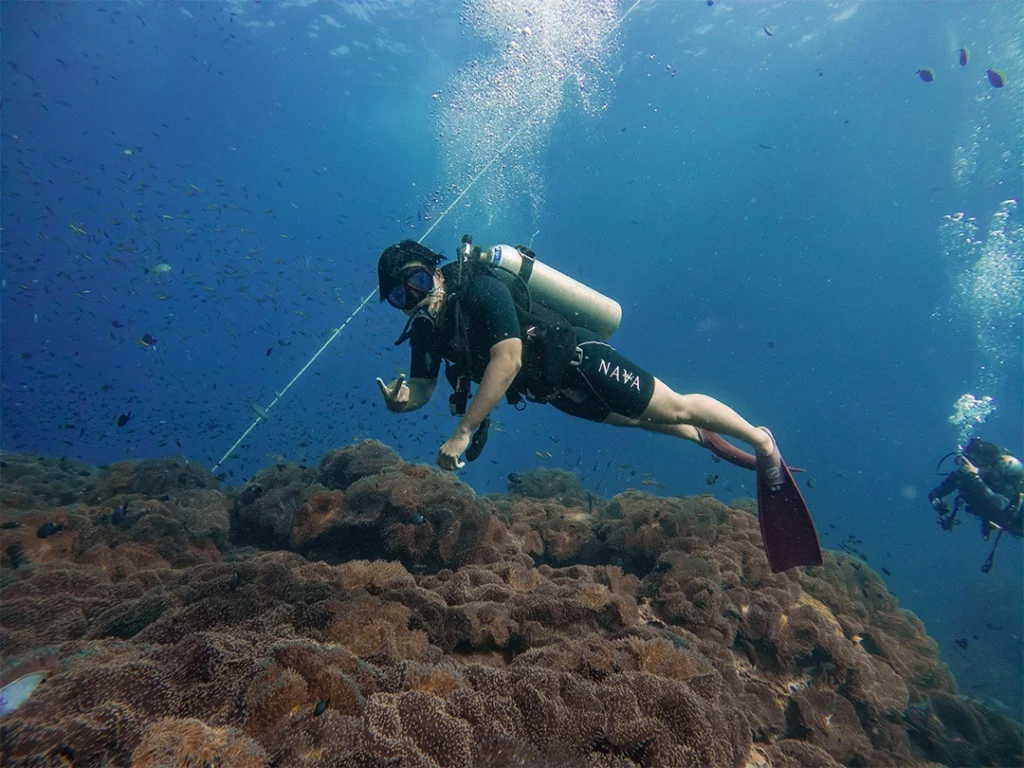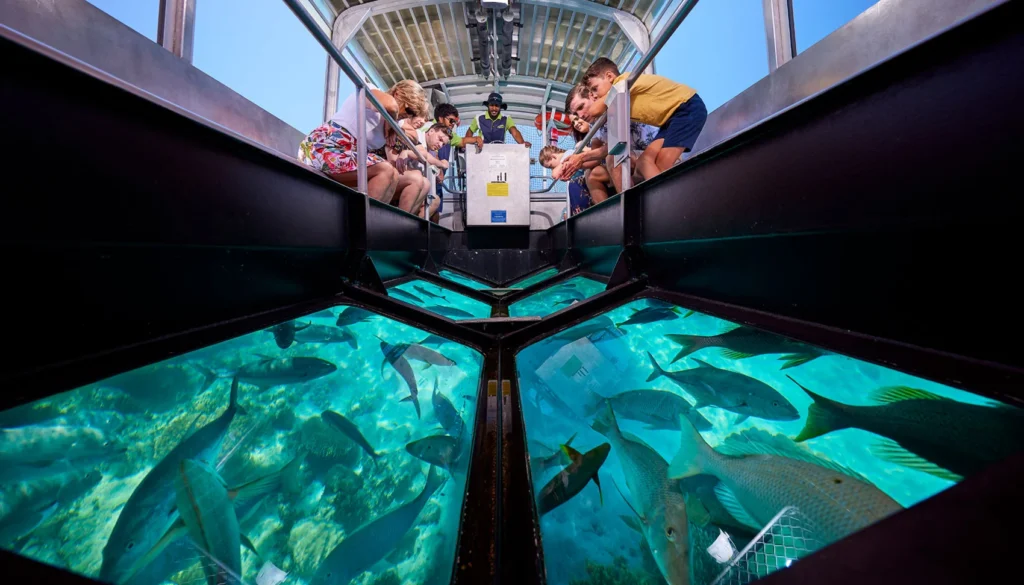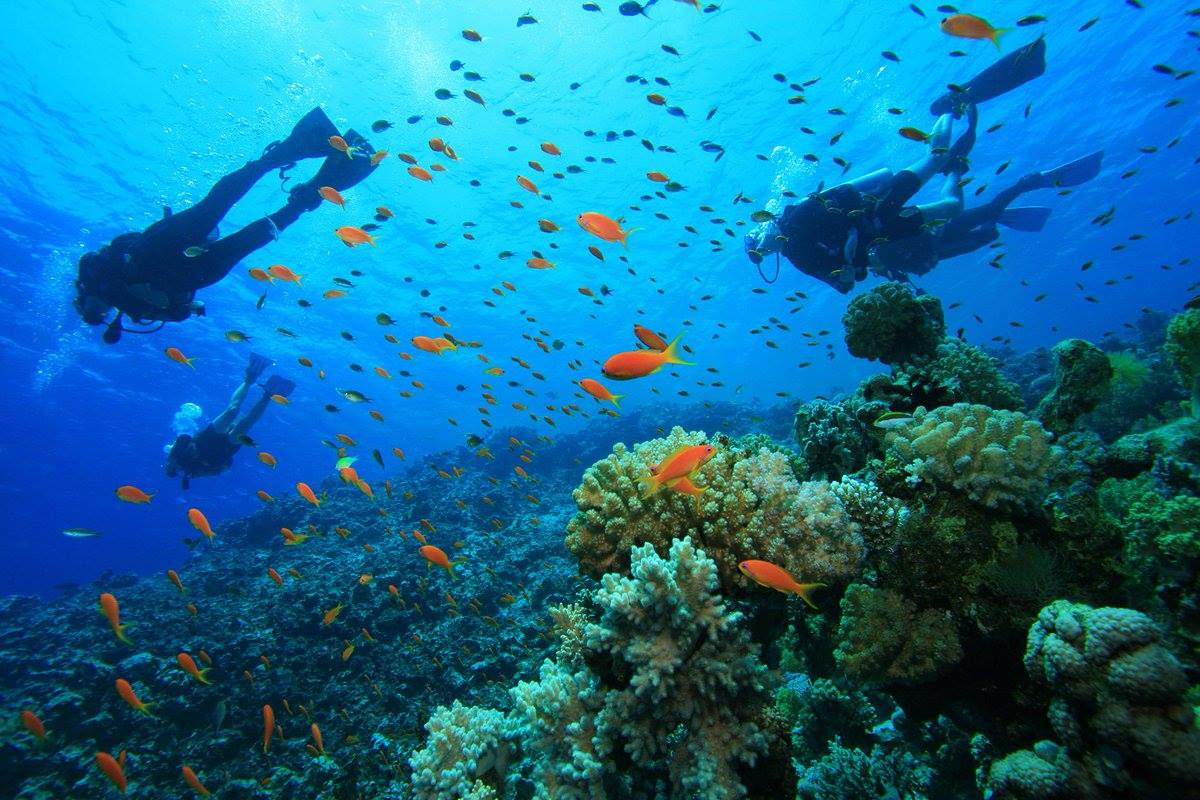Situated along the beautiful coastline of Kenya, Mombasa Marine National Park and Reserve symbolizes the beauties of the underwater world. This comprehensive guide will try to cover all aspects of this underwater world, from fishes of all types to ideal visiting seasons.
This marine park is under the management of Kenya Wildlife Services and has made it one of the most compelling stories about managing marine resources in East Africa.
What makes Mombasa Marine Park unique?
It was established in 1986 and covers as large an area as 210 square kilometers; it is a part of the marine park that occupies 10 square kilometers, while the rest of 200 square kilometers is considered a marine reserve. Located between Mtwapa and Tudor creeks, this area is one of the best examples of Kenya’s coastal environments that are protected.
This park is located on the shores of a freshwater source and the Pacific Ocean; this location gives it a high level of bio-determination compared to other areas in India.
Location and Accessibility
The park is roughly 487 kilometers away from Nairobi and is quite accessible from the central business district of Mombasa. There are no hitches regarding access to this park because of the well-developed transport network from within or outside the country. Visitors can enter through several convenient points, including:
- Serena Gate (via Serena Hotel beach) – Ideal for visitors booking a hotel on the north coast.
- Severin Gate: Quite suitable for reaching main divination sites
- Traveler’s Gate – This is often preferred by travelers who visit during the day.
- Nyali Gate – Closer to Mombasa city center
- Voyager Gate – Recommended for people who like water sports.
Incredible Marine Life and Biodiversity

Underwater Residents
The park’s crystal-clear waters host an extraordinary variety of marine life, making it a paradise for nature enthusiasts and photographers alike:
Coral Gardens
- Outcrops and colonies of brain coral that have grown over tens of years.
- Dynamic formations of living pavonia coral
- Formations of Acropora that contribute to the establishment of the underwater forests.
- Some of the peculiar types of soft corals which are not found in other parts of East Africa.
Fish Species
- It featured fish schools of groupers in vibrant colors swimming territorially around the reefs.
- Graceful sweetlips swimming through the coral reefs.
- Snappers that are juicy, colorful, and available in different sizes.
- A group of majestic surgeonfish feeding on the available algae.
- Some of the species of the fish found here are as follows: Clownfish, Moray eels
Large Marine Life
- Happy oriental bottlenose dolphins frequently encountered around vessels
- This is a majestic humpback whale during migration season.
- Some of the common rays include the Eagle rays and Manta rays.
- Sporadic sightings of whale sharks have been noted when locations are rich in plankton.
Sea Turtles
- Female loggerhead turtles laying their eggs on the sand of the protected beaches.
- A fossilized leatherback turtle swimming gracefully in deep waters.
- Stressed hawksbill turtles grazing the coral reefs
- Foraging sea turtles in their natural environment, feeding on seagrass
Bird Watching Paradise

The park serves as a sanctuary for internationally significant seabirds, including:
- Open water birds such as the crab plovers scraping through the coastal perimeters.
- Gracious roseate terns who fished for their meals
- Coastal birds of different species use mangroves for nesting.
- Birds that move from one location to another, depending on the time of the year, decide to make this park their temporary home.
Activities and Adventures

Diving Adventures
Mombasa Marine Park ranks among the world’s top three diving destinations, offering experiences for all skill levels:
Beginner Dives
- Descend to 23 feet to swim through coral gardens
- Certification courses taught by qualified instructors
- Conditions that promote learning with little or no currents
- Clear visibility year-round
Intermediate Dives
- Foray into the water depths of between 10-20 meters.
- Experience various reef environments
- Encounter larger marine life
- Practice photography skills
Advanced Dives
- If you are on shore, practice your drift dives in moving water.
- Exploring the wrecks of MV Dania is ideal when diving 82 to 115 feet deep.
- Night diving opportunities
- Technical diving for certified divers
Other Water Activities

- Glass-Bottom Boat Tours
- It is ideal to Observe seabirds and more profound water creatures without getting wet.
- Informative remarks and insights from knowledgeable tour leaders
- Recommended for children, teenagers, adults, and the elderly
- Daily departures at different intervals
- Snorkeling Safaris
- Explore vibrant coral reefs
- Get to see exotic tropical fish in close view
- Equipment rental available
- Guided tours for beginners
- Water Sports
- Fun recreational activities such as water skiing
- Windsurfing in optimum conditions
- Jet ski tours available
- Parasailing opportunities
- Beach Activities
- Play joyful games such as volleyball, football, etc.
- Beach volleyball facilities
- exploring coastal areas and beach foraging
- Perhaps the most celebrated and well-known is the traditional sailing in a dhow boat.
It therefore becomes essential to contemplate the measures to protect the environment.
Planning Your Perfect Visit
- Book in advance, especially when traveling during the peak season.
- Hire local guides for the best experience.
- It is also essential to check the weather forecast before engaging in water-related events.
- Refrain from disturbing the marine life and adhere to the set rules of the park.
- Take underwater cameras to capture unique and beautiful moments.
Safety Considerations
- It is recommended to adhere to the guide instructions.
- Before the water activities, ensure all the equipment is in good condition.
- Take note of the tides and how the waters are amidst different times of the day.
- Avoid over-fishing or poaching of endangered species of fish
- Use reef-safe sunscreen only
Conclusion
Mombasa Marine National Park presents the prospect of viewing some of the most breathtaking aspects of Kenyan marine life. Whether it is scuba diving, nature exploration, or tourists searching for serene beaches, this park offers a memorable tourist experience.
Expectedly, with the availability of professional facilities and commitment to conserving this marine abode of many species, this marine sanctuary is among the most valuable natural wonders in Kenya. Come and visit us today and be a part of the present-day story of this highly splendid underwater world.





